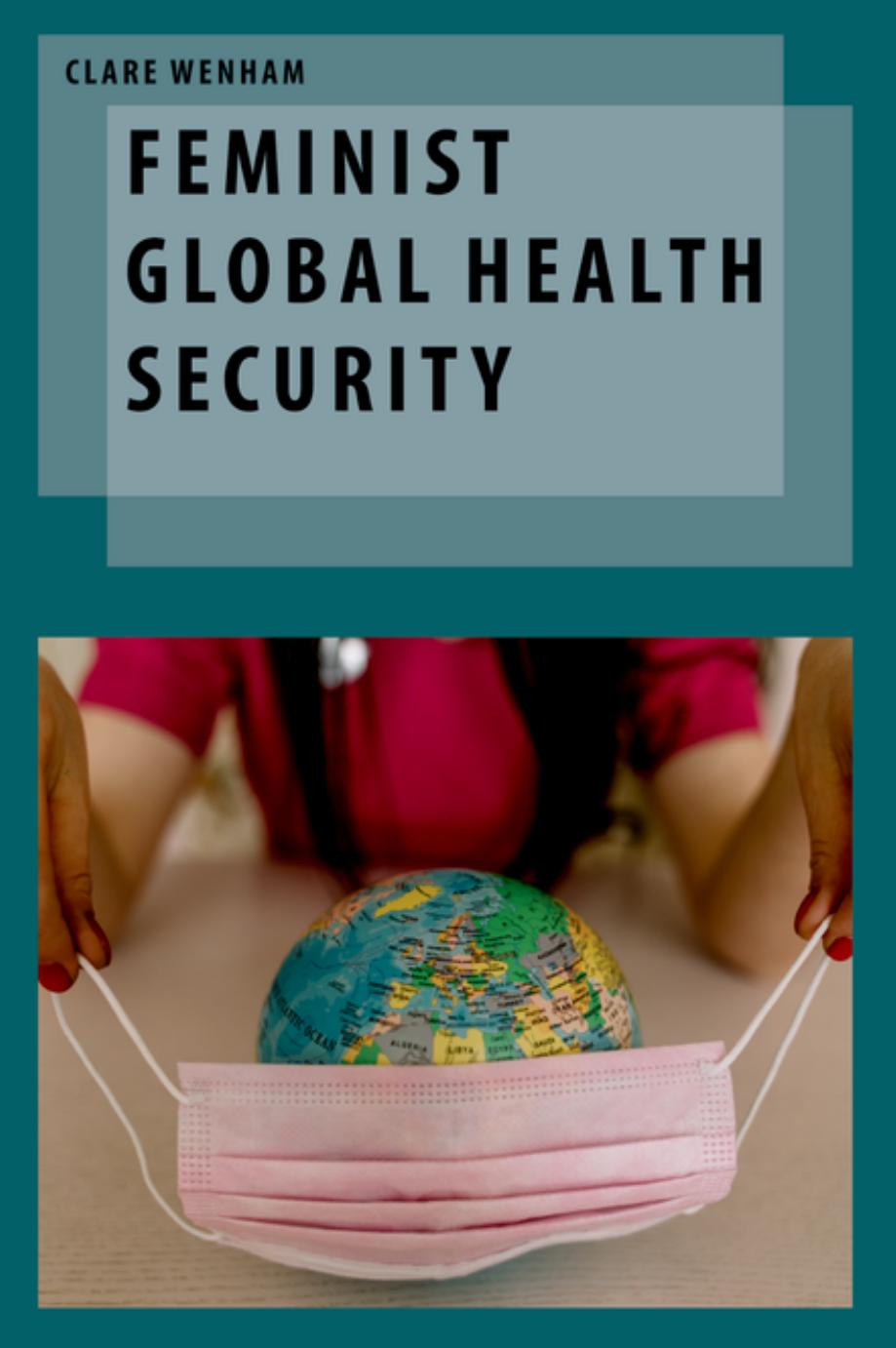Feminist Global Health Security by Clare Wenham

Author:Clare Wenham
Language: eng
Format: epub, pdf
Publisher: Oxford University Press
Published: 2021-06-15T00:00:00+00:00
Structural inequality/violence
Alongside this everyday violence and SGBV, structural violence underpinned the Zika outbreak. The concept of structural violence suggests that social, economic, political, legal, religious, and cultural structures and institutions, at the global, state, and local levels, inflict avoidable harm on certain individuals, groups, and societies by impairing their basic needs or ability to reach their full potential (Galtung 1969). Damage is exerted unequally, systematically, indirectly, and in a manner which is taken for granted (Leach 2015). As Tickner (1992, 69) points out, structural violence highlights the âinsecurity of individuals whose life expectancy was reduced, not by the direct violence of war, but by domestic and international structures of political and economic oppressionâ. Importantly, there isnât one particular perpetrator of this violence: âThere may not be any person who directly harms another person in the structure. Violence is built into the structure and shows up as unequal power and consequently as unequal life chancesâ (Galtung 1969, 171). Galtung (1969, 172â8) conceptualises four components of structural violence: 1) exploitation focused on an asymmetric division of labour; 2) penetration of consciousness by the exploiters on the oppressed, resulting in acquiescence; 3) fragmentation of exploited groups; and 4) marginalisation of oppressed groups from the privileged. As he states, âwhen one husband beats his wife there is a clear case of personal violence, but when one million husbands keep one million wives in ignorance there is structural violenceâ (Galtung 1969).
Feminist theorists have incorporated this concept of structural violence into their analysis of gender inequality, sometimes referring to it as gendered violence. Caprioli (2005) has shown how the four components of Galtungâs violence overlap with gender: (1) socially defined gender roles lead to different labour pathways, whether recognised formally or informally, as epitomised in discussions of social reproduction and (2) coupled with gender stereotyping produce a consciousness of a difference between men and women. As Enloe (2016) shows, using concepts of masculinity and femininity is both productive of violence and is violence itself against the empowered human subject, so (3) fragmentation occurs with women performing the predominant role in the household, limiting their external opportunities for equality and formal paid labour (social reproduction). As a consequence of these, (4) gender hierarchies are created, promoting patriarchal domination and female subordination. This combination assimilates into gendered structural violence affecting women across societies, whereby their gender role precludes them from actively participating in decision-making or comprising epistemic communities that create policy or seeking paid work to contribute to personal financial security. Importantly, gendered structural violence can impact womenâs ability to access a range of services, including healthcare (Magnusdottir and Kronsell 2015; OâConnor and Bruner 2019).
Socio-economic disparities have been entrenched in Latin America since colonisation. Some of the key ideas of structural violence were originally highlighted by Latin American liberation theologians, recognising the social, racial, and class divides which challenge cohesive societal development (Sontag 1989). Democratisation aimed to redistribute economic gains and social activity, and with the rapidly increasing generation of Gross Domestic Product (GDP), it was hoped that such inequalities would be overcome.
Download
Feminist Global Health Security by Clare Wenham.pdf
This site does not store any files on its server. We only index and link to content provided by other sites. Please contact the content providers to delete copyright contents if any and email us, we'll remove relevant links or contents immediately.
How Data Happened by Unknown(167)
Introduction to Social Work Practice : A Practical Workbook by Herschel Knapp(141)
Global Health Governance and Commercialisation of Public Health in India by Anuj Kapilashrami Rama V. Baru(108)
Curing Cancerphobia by David Ropeik(79)
Feminist Global Health Security by Clare Wenham(78)
Restoring Quality Health Care by Scott W. Atlas(72)
Risk Communication and Infectious Diseases in an Age of Digital Media by Anat Gesser-Edelsburg Yaffa Shir-Raz(67)
The Pandemic Divide by Gwendolyn L. Wright Lucas Hubbard and William A. Darity Jr(66)
Insane Society: A Sociology of Mental Health by Peter Morrall(64)
Oversight and Review of Clinical Gene Transfer Protocols: Assessing the Role of the Recombinant DNA Advisory Committee by Rebecca N. Koehler(64)
Transforming Health Care Scheduling and Access: Getting to Now by Gary Kaplan(64)
Social Work in a Glocalised World by Mona Livholts Lia Bryant(61)
Into Africa, Out of Academia by Kwan Kew Lai(59)
FALSE PANDEMICS: ARGUMENTS AGAINST THE RULE OF FEAR by Wolfgang Wodarg(59)
Pandemic India by Arnold David;(58)
The Metropolitan Academic Medical Center by David E. Rogers Eli Ginzberg(55)
Psychosocial Interventions for Mental and Substance Use Disorders: A Framework for Establishing Evidence-Based Standards by Mary Jane England(54)
World Health Systems by Sun Xiaoming;(47)
A Hospital for Ashe County by Janet C. Pittard(45)
